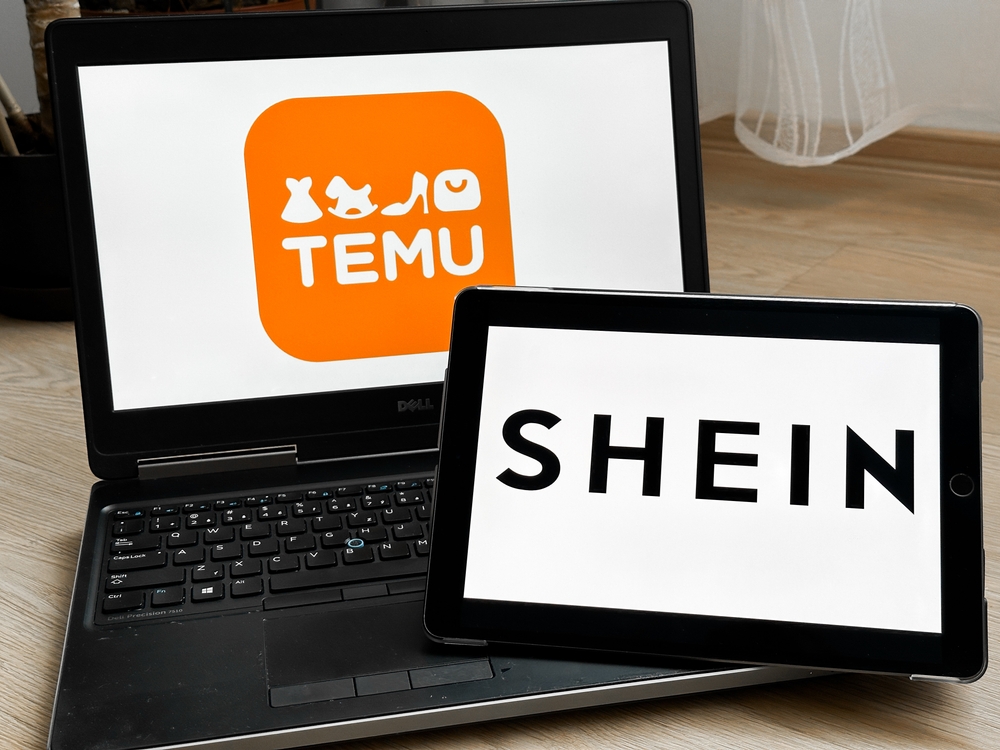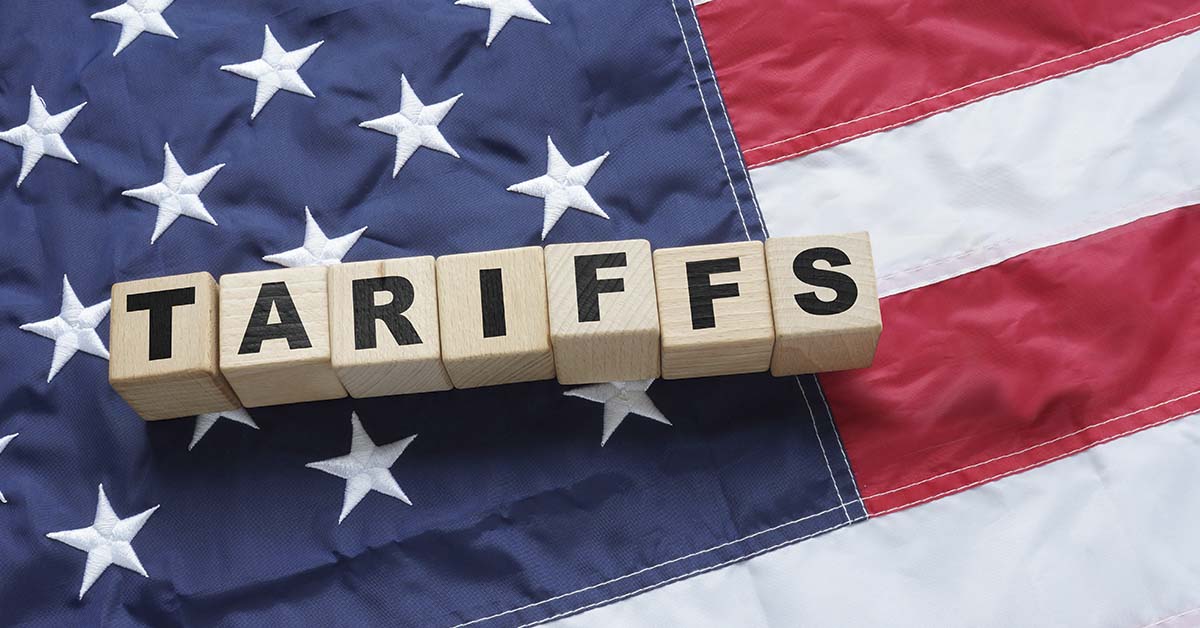A new tariff policy in the United States is already reshaping the way Americans shop. As of May 2, 2025, the federal government ended the long-standing “de minimis” exemption, which previously allowed low-value imports from China and Hong Kong to enter duty-free. This change primarily targets online orders under $800 and is hitting e-commerce giants like Shein and Temu especially hard. Introduced as part of former President Donald Trump’s broader trade strategy, the move aims to boost domestic manufacturing. However, its immediate effects are being felt by everyday consumers now facing higher prices, longer shipping times, and fewer affordable options.
For years, shoppers could easily access cheap clothing, electronics, and household goods from international platforms. That affordability is now fading quickly. As a result, millions of households are being forced to reconsider where and how they shop. Below, we explore what this shift means, how it’s affecting major e-commerce players, and why it matters to U.S. consumers.
Why the De Minimis Rule Mattered

The de minimis exemption allowed imports under $800 to bypass U.S. tariffs. This policy became essential for platforms like Shein and Temu, enabling them to ship low-cost goods directly to consumers at competitive prices. Free or inexpensive shipping and minimal customs interference made international online shopping both accessible and appealing.
Meanwhile, domestic businesses argued the rule gave foreign sellers an unfair advantage. U.S. companies paid import duties on similar items, while overseas platforms skirted those costs. The new tariff is intended to close that loophole and create a more balanced trade environment.
What the New Tariff Means in Practice

With the exemption eliminated, imports now face significant new costs. A flat $100 fee applies to many packages from China and Hong Kong, which will double to $200 starting in June. In some cases, a 120% surcharge replaces the flat fee, depending on the product. On top of this, a 145% base tariff applies to most Chinese goods.
These measures are driving up expenses for both importers and consumers. Shein has already increased some product prices by up to 91%. Meanwhile, Temu is shifting operations to U.S.-based fulfillment centers in an attempt to reduce tariff exposure.
The new tariff is forcing sellers to either absorb higher costs or pass them on to buyers. In either scenario, market disruption is already underway.
E-Commerce Platforms Feel the Pressure

Retailers are now racing to adapt. Shein has opted to raise prices, potentially limiting its appeal to price-sensitive shoppers. Temu, by contrast, is investing in domestic warehousing to cut shipping costs and avoid heavy duties. While this may help mitigate immediate losses, it adds operational complexity and expense.
For smaller sellers, the situation is more precarious. Many relied on low-cost overseas shipping to stay competitive. The new tariff leaves them with limited options: increase prices, reduce inventory, or shut down. Additional customs procedures and documentation also slow deliveries, further complicating logistics.
Read More: Trump’s Latest Approval Ratings Suggest Surprising Support for a Third Term
Consumers Brace for Higher Costs

The new tariff is already changing the online shopping experience. Prices are rising across platforms, and delivery times are stretching due to increased customs processing. Retailers are also reducing their selection of low-cost goods to manage tariff-related risks.
These shifts hit low-income households especially hard. Many depend on platforms like Shein and Temu for everyday essentials, like school uniforms, kitchen tools, and budget electronics. A shirt that once cost $3 may now be $6 or more.
This pricing shift is pushing families to reassess their budgets and seek alternatives, which may not be as affordable or accessible.
A Strategic Shift or Economic Gamble?

Proponents of the new tariff believe it strengthens U.S. industry by reducing reliance on foreign goods and supporting domestic manufacturers. Closing the de minimis loophole removes a key advantage foreign sellers held for years.
Still, critics argue the risks are significant. Economists warn the policy may raise inflation, disrupt global supply chains, and provoke retaliatory trade measures from China. If that happens, key sectors like agriculture and technology could suffer.
Additionally, U.S. manufacturers may not be ready to meet demand quickly. Without sufficient domestic alternatives, American consumers could face shortages or continued price hikes.
A New Era for U.S. Trade and Shopping

In short, the new tariff marks a decisive shift in U.S. trade policy. It ends a period of low-cost, cross-border online shopping and introduces a more costly, complex reality. While the long-term goal is to bolster domestic production, the immediate effects are higher prices and more limited access to global goods.
As businesses recalibrate, consumers should prepare for a more expensive and less predictable e-commerce landscape. Whether this shift delivers lasting economic gains remains to be seen. Regardless of the outcome, one thing is certain, the new tariff has already reshaped the digital shopping experience, and those changes are just beginning.

